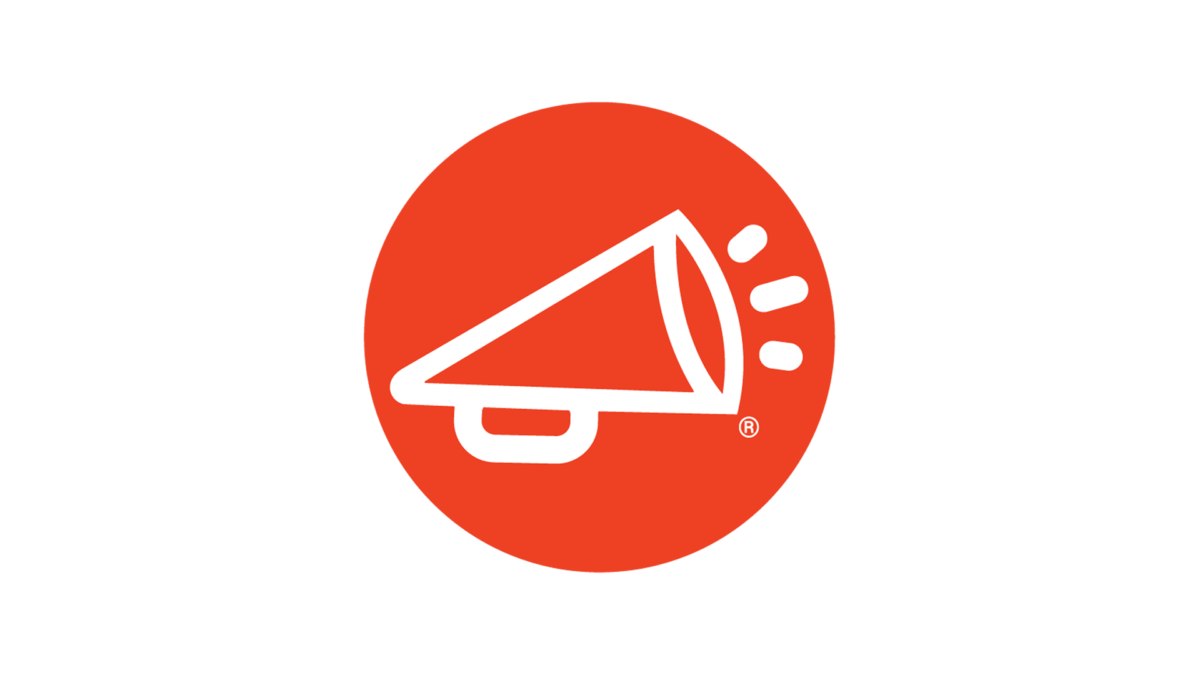

For the recent few years, social media has been bursting with discussions of workplace trends threatening individual companies and the national economy as a whole.
You’ve probably watched at least one TikTok or YouTube Shorts uploaded by workers and business executives discussing “Quiet Quitting,” “Great Resignation,” and the like, sometimes from diametrically opposed perspectives.
Although the ability of social media to highlight the most eloquent trends and turn them into memes recognizable by everyone is fascinating, the issues behind them are nothing new.
Furthermore, the huge number of creators seeking sensationalism seems to distract public attention from the root cause of all the phenomena that laid the foundation for memes like “Quiet Quitting.”
Workplace, or occupational burnout, is an overarching issue that hides behind all the memes and trends we keep hearing about today.
In this article, we want to take a deep dive into this topic: current scientific knowledge on occupational burnout and possible ways your organization could prevent it, thereby avoiding talent pool shrinkage and all kinds of losses related to employee attrition.
Occupational burnout seems so complex that many people give up and start trying to find a silver bullet. This damages company culture and increases tensions between management and workers, which inevitably undermines the long-term success that companies and their employees might have had.
Let’s look at the whole procession of trends-turned-memes you need to get right if you care about the future of your company.
This term emerged in the mid-90s to characterize a tendency among employees to show up to work despite being sick for fear of the consequences of taking sick leave.
We currently see in social media the inclination to blame workers for productivity loss instead of developing effective policies. Such an approach inevitably leads to employee burnout and consequent churn, leading to even more financial loss to companies that encourage presenteeism, consciously or not.
Check these articles if you want to take a deeper dive into the topiс of efficient elimination of presenteeism:
The term “Quiet quitting” went viral in 2022 thanks to Bryan Creely, a recruiting expert and career coach, but the first person who used it was the economist Mark Boldger in 2009.
Quiet-quitting is a term used to describe the phenomenon of employees who choose to distance themselves from work without actually resigning. Some people rationalize it as “Acting strictly according to your job description,” but their signs of emotional disengagement and grudge are quite obvious.
Several factors can contribute to quiet-quitting, including feeling underappreciated, under-rewarded, or unnoticed. Besides subjective feelings, factors like being constantly overworked, a lack of prospects for professional and career growth, as well as a toxic work environment typically play a significant role.
Check these articles to learn more about the Quiet Quitting phenomenon:


The Great Resignation started in early 2021 and is still ongoing, buoyed by workers’ frustration in multiple aspects of their job, from compensation to company culture and mission.
Occupational burnout heavily contributes to workers’ willingness to tolerate inconveniences or adapt to something they are unsatisfied with.
Take a deeper dive into the topic of the Great Resignation:
There are a few less popular but still interesting memes referring to other aspects of the behavior of a person suffering from occupational burnout. Let’s look at them before we move on to review the current data on burnout.
The word “resenteeism” describes the behavior of a worker actively expressing negative emotions regarding their work. It is a sort of the next step after the “quiet quitting” and before the actual resignation.
Workers use such passive-aggressive behavior to protect themselves from what seems meaningless or unfair in their workplace.
Take a deeper dive into the topic of the “resenteeism”
This term, offered by Emily Stewart, Senior Correspondent at Vox, did not go viral (perhaps, yet.) However, jobless employment is important to think about.
Why would somebody choose to undermine their career and professional development? We’d suggest that’s because their work situation went to the point when work wasn’t delivering any positive emotions, and it lasted so long that they started to believe it was normal, so they didn’t even try to fix the problem.
In light of all the above, managers are trying to find ways to sustain performance without involving additional resources.
Such attempts sometimes turn into what’s called “quiet hiring.” This meme signifies expanding the scope of an employee’s responsibilities outside the initial job description. When it is done without an increase in salary or bonuses, such tactics typically backfire.
It’s interesting that Emily Rose McRae, who has led Gartner’s future of work research team since 2019, offered this tactic as a constructive way to promote horizontal growth within the organization, and it could be really effective when paired with due employee recognition and forms of remuneration that work both for employees and the company. You just need to figure this out through productive dialogue with your workers and other stakeholders.
Learn more about the constructive and destructive sides of the “quiet hiring” tactics:


Christina Maslach, the Professor Emerita of Psychology at the University of California at Berkeley, is one the most prominent researchers on this topic. She defines employee burnout as a prolonged response to chronic situational stressors on the job.
She offers the following signs of employee burnout managers want to watch out for to prevent the damage it causes to company culture and performance:
According to Prof. Maslach, these are the key factors leading to workplace burnout:
She further elaborates on these factors, mentioning the following situations hurting workers and their job performance:
There are a number of public talks performed by Prof. Maslach that will help you quickly learn about her research and its practical implications in the workplace:
Developing employee programs is the best way to ensure the systemic impact on the workplace environment, which can be measured and assessed for further improvement.
The following types of programs will help you to prevent employee burnout
To ensure your employees are properly equipped to achieve their tasks, you also want to launch regular surveys tackling the issues of insufficient resources required to perform individual job tasks.
Companies that promote the physical, emotional, and social well-being of their employees have triple the profit levels of companies that do not promote the same attributes.
This statistic shows that it is not simply an important step for employers to promote health and wellness: it is a vital step toward staying competitive in today’s marketplace. Leadership needs to measure employee engagement beyond staying late and working hard and look further to overall mental and physical health.
What does this mean for your organization? If you are already promoting the well-being of your staff, we applaud you. If you feel there is room for improvement, we can help. We build custom workplace programs that can address and improve issues specific to your unique work environment.
Helping Your Remote Employees Preserve Work-Life Harmony
WorkProud is committed to helping its clients create a unified approach to the employee experience by helping them build cultures of workplace pride. Trusted by millions of users at some of the world’s most recognized employer brands, WorkProud delivers a comprehensive approach to building company cultures that inspire people to be Proud of their Work and Proud of their Company.


Every month, we share news, knowledge, and insight into what we believe is a pretty simple proposition: If you are “proud of your work and proud of your company,” you are more engaged, more productive, and more likely to stay with your company for the long haul.
*By selecting “SIGN UP,” you agree to WorkProud’s Privacy Policy. You may unsubscribe from our newsletter at any time. Please note when unsubscribing: it may take up to 10 business days for your request to take effect.